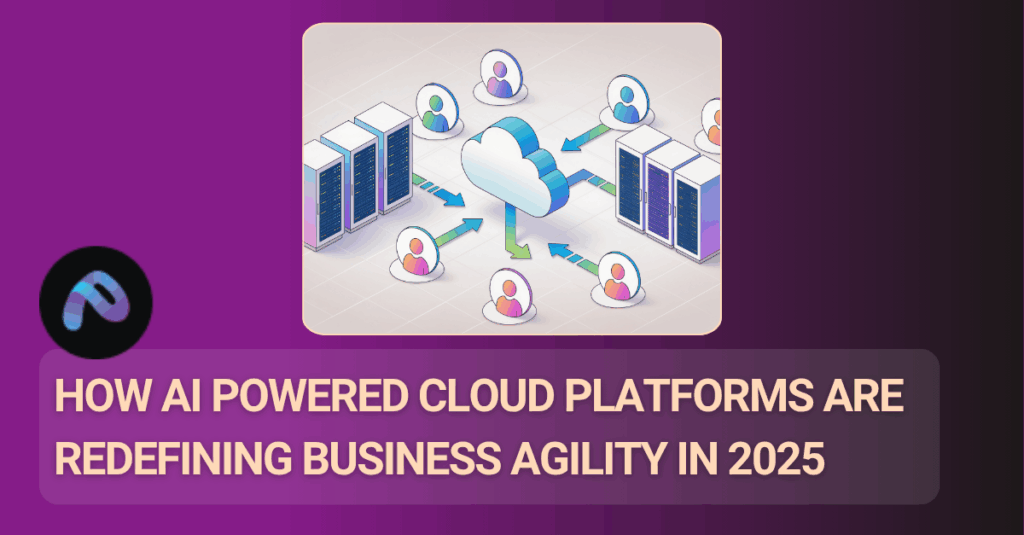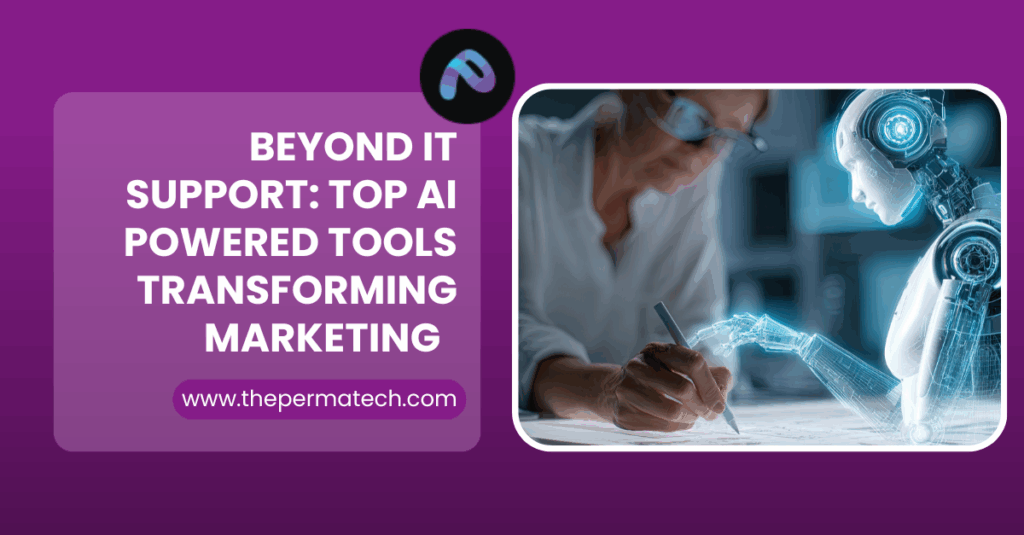The year 2025 marks a turning point in digitalization. Artificial Intelligence has shifted from a supporting role to the core engine of business efficiency, redefining how organizations operate, innovate and compete. From predictive analytics to generative AI copilots, automation is reshaping workflows at a scale unseen since the dawn of the internet.
The Global Digitalization Surge
According to IDC’s 2025 Digital Transformation Spending Report, global investment in digital transformation technologies including AI, cloud, IoT and automation is projected to reach USD 3.9 trillion, up 18% from 2024. Over 70% of enterprises now identify AI adoption as their primary growth driver, surpassing traditional IT modernization.
| Region | AI & Digitalization Spend 2025 (USD Billion) | YoY Growth | Primary Focus Area |
| North America | 1,280 | +16% | Generative AI, Cloud Integration |
| Europe | 890 | +19% | Process Automation, Green IT |
| Asia–Pacific | 1,170 | +22% | Smart Manufacturing, AI Analytics |
| Latin America | 230 | +13% | FinTech and Retail AI |
| Middle East & Africa | 180 | +15% | Energy Optimization |
How AI Is Redefining Efficiency
AI now acts as a co-strategist rather than a back-office assistant. Key transformations include:
- Predictive Efficiency: Machine learning models anticipate supply chain bottlenecks, cutting lead times by up to 35%.
- Intelligent Automation: RPA + AI systems handle up to 60% of repetitive business processes.
- Generative AI Workflows: Tools like Microsoft Copilot, ChatGPT Enterprise, and Salesforce Einstein automate documentation and reporting, saving the average knowledge worker 6-8 hours per week.
- Decision Intelligence: AI based analytics platforms increase decision accuracy by 33% compared to traditional BI dashboards.
Sector Wise Impact (2025 Update)
| Industry | AI Adoption Rate 2025 | Average Productivity Gain | Key Use Cases |
| Manufacturing | 82% | +38% | Predictive maintenance, robotic assembly |
| Finance & Banking | 77% | +34% | Fraud detection, risk scoring, AI chatbots |
| Healthcare | 69% | +29% | Clinical diagnostics, drug discovery |
| Retail & E-commerce | 74% | +41% | Personalized shopping, inventory forecasting |
| Logistics & Supply Chain | 66% | +37% | Route optimization, demand prediction |
📊 Source: McKinsey Global AI Survey 2025 & Deloitte AI Index Q3 2025.
ROI and Cost Optimization
AI is no longer an experimental cost center,it’s an ROI powerhouse.
- Average ROI on enterprise AI initiatives: 248% (YTD 2025).
- Process cost reduction: 25–35% across IT operations and HR automation.
- Energy efficiency gains: Up to 20% from AI-based facility management systems.
Example: A Fortune 500 retailer using predictive AI for demand forecasting saved USD 140 million annually in overstock costs.
Generative AI and the New Workforce Model
Generative AI is transforming human productivity rather than replacing it.
A 2025 PwC survey shows 64% of employees report AI copilots improve work quality and decision confidence. Hybrid roles AI Analyst, Prompt Engineer, Digital Process Architect are growing at 40% YoY, showing the blend of automation and creativity in modern teams.
Challenges & Ethical Boundaries
Despite rapid growth, 2025 also highlights key risks:
- Data bias & hallucination errors in LLMs.
- Privacy & governance gaps amid rapid adoption.
- Energy consumption of AI models rising by 27% since 2023.
Businesses leading the next digitalization wave are balancing AI acceleration with responsible innovation, embedding governance frameworks like NIST AI RMF and EU AI Act compliance.
What’s Next: AI as a Business Operating System
By 2026, Gartner predicts 90% of enterprise software will include native AI features.
The next stage of digitalization is not just integrating AI but operating through it.
Organizations that embed intelligence into every process from procurement to customer success will define the future of efficiency.
Conclusion
The 2025 digitalization wave is about AI as infrastructure, not just innovation.
Businesses that harness it for continuous efficiency gains will outperform peers in profitability, sustainability and resilience.





